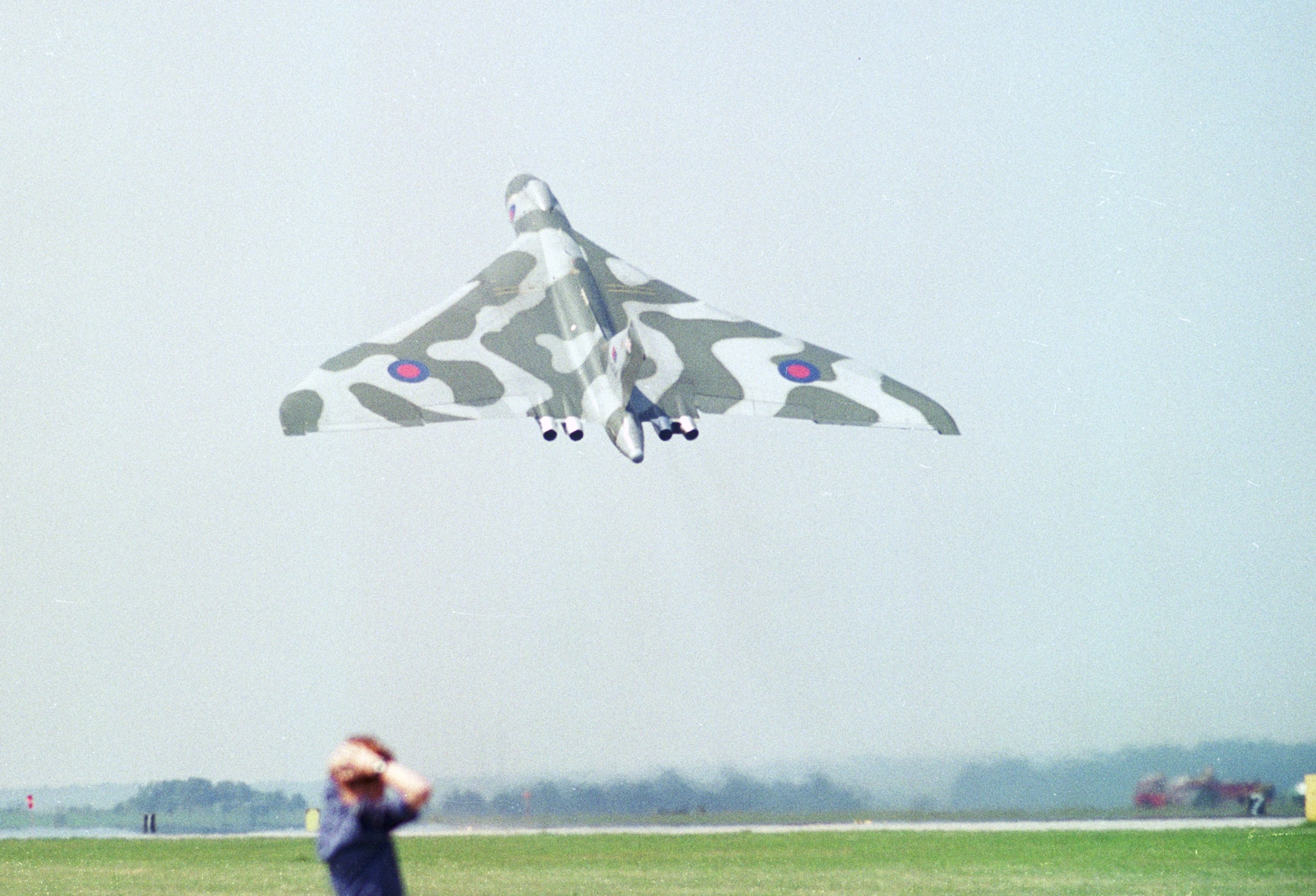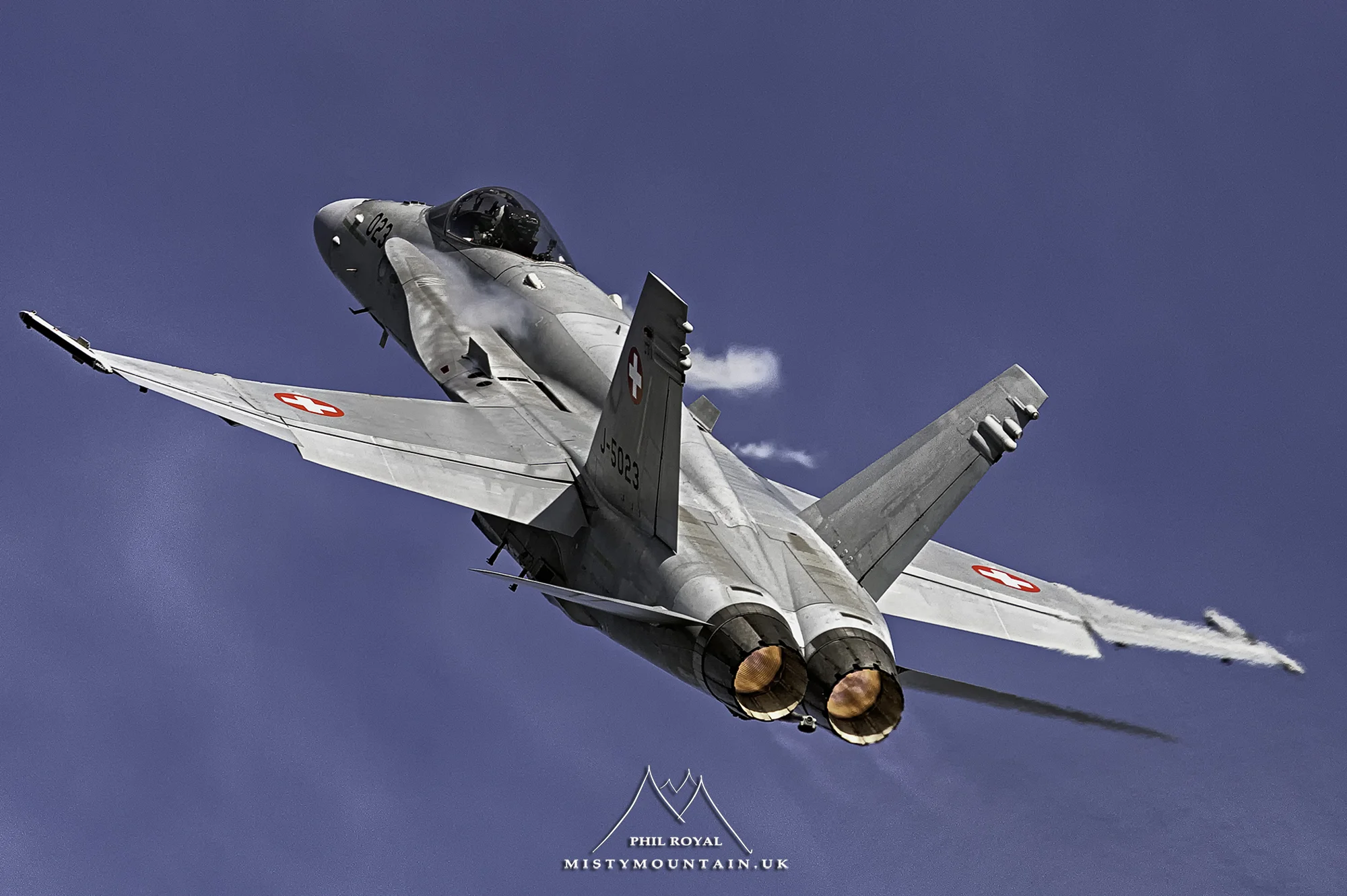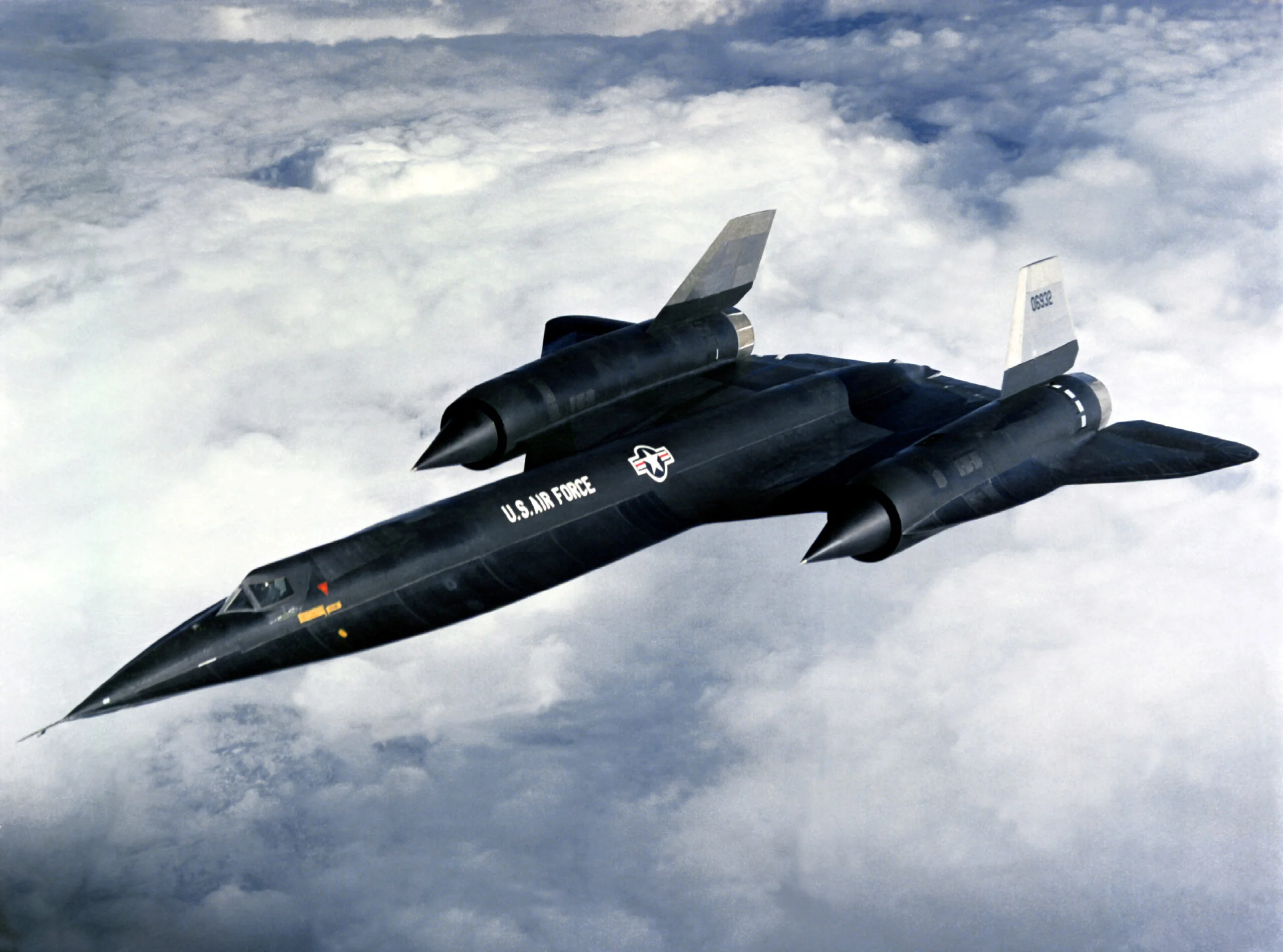In aviation, as in just about everything else, some trends briefly become popular and then seem to disappear completely. One such trend was for variable-geometry (swing-wing) aircraft such as the Tornado and Tomcat, which became a favoured design in military aircraft from the 1960s to the early 1980s before vanishing into thin air.
In retrospect, it’s easy to see that this trend applied to a particular phase of aviation technology. As combat aircraft became faster, take-off and landing speeds rose, requiring longer and longer runways. These were vulnerable to enemy attack.
The ideal design would be a combat aircraft capable of very high speed, but with low take-off and landing speeds. Variable geometry seemed to offer the solution.
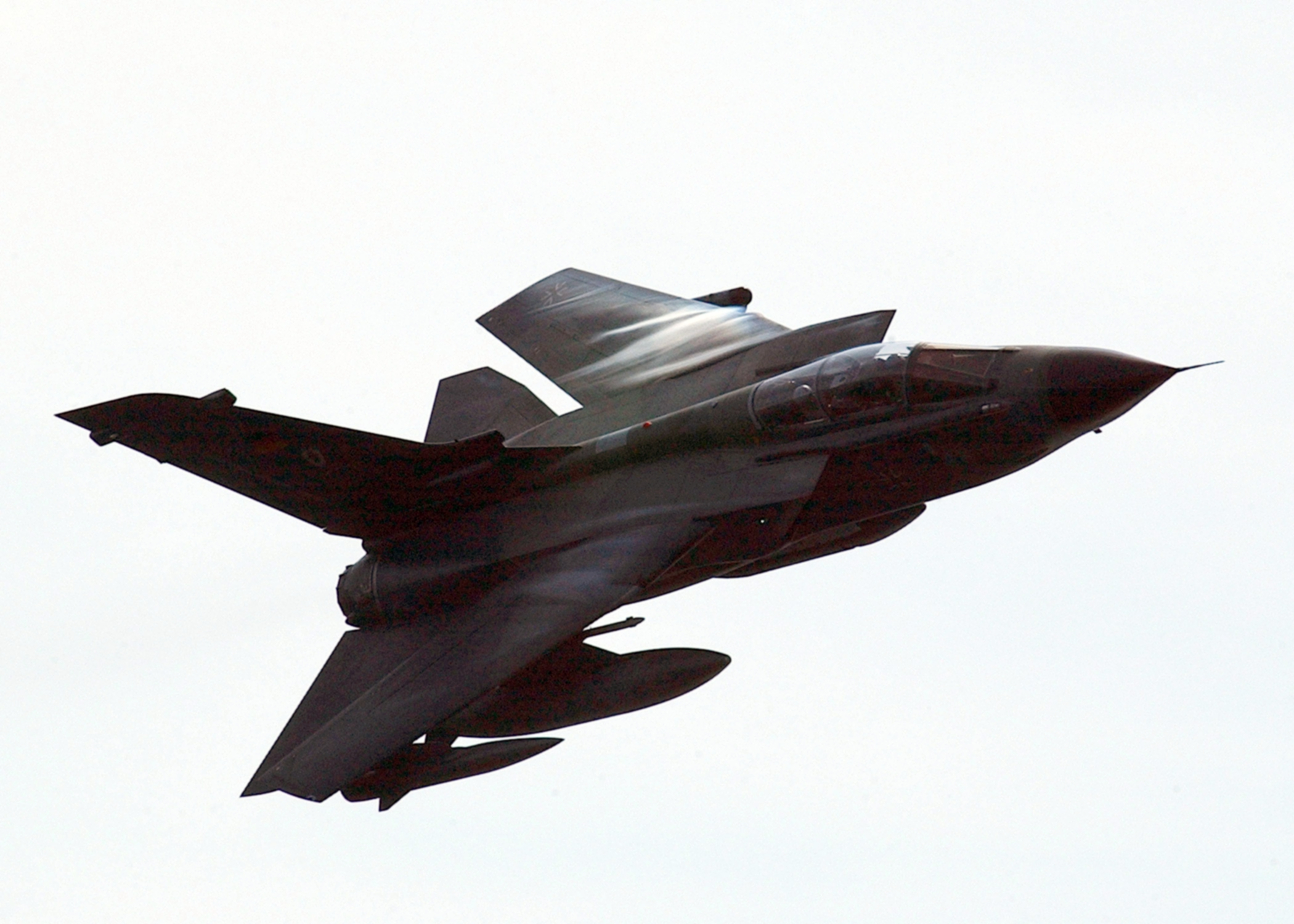
Contents
Variable Geometry
The advantages of variable geometry wings in high-performance military aircraft are simple to understand. At transonic speeds, steeply swept wings give enhanced performance. But at lower speeds, and particularly during take-off and landing, these wings are unstable and inefficient, leading to a need for very high landing speeds.
Read More: The F-22 Raptor – The Fighter of the Future
Variable geometry ensures that an aircraft’s wings are stable and efficient in all phases of flight.
The first military aircraft to employ this approach was the German Messerschmitt P.1101, a single-seat jet fighter designed in 1944 as part of the Jägernotprogramm (Emergency Fighter Program).

This aircraft featured the first variable incidence wings ever provided to a military aircraft, though the angle of sweep could only be adjusted on the ground before take-off.
The P.1101 never got beyond the stage of the building of a wind tunnel mock-up and the partial construction of a prototype.
The incomplete prototype P.1101 was brought to America after the war and studied by engineers working on the design of an experimental high-performance jet, the Bell X-5. The X-5 was visually similar to the P.1101 but featured a wing that could be moved from 20˚ to 60˚ of sweep in-flight.
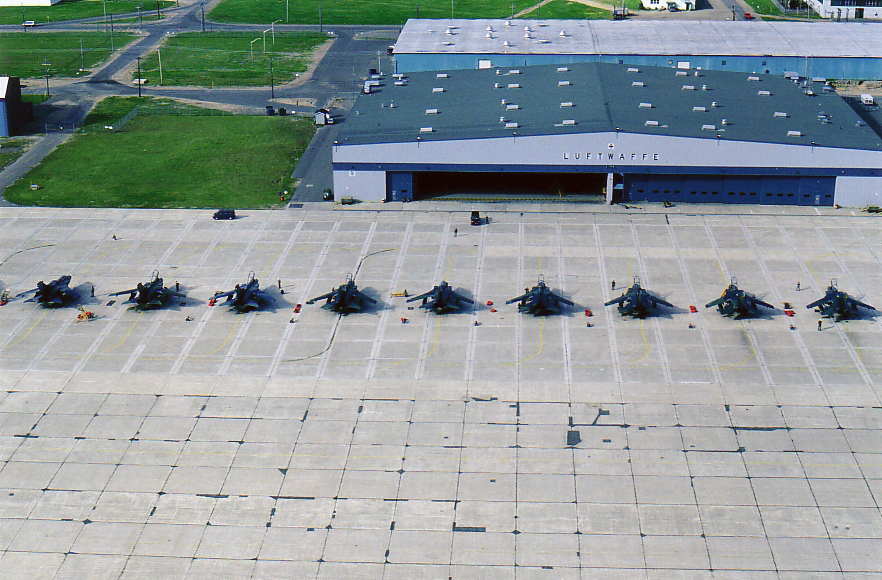
Initially, the X-5 was planned as the basis for a low-cost tactical fighter, but it proved to have dangerous stall/spin characteristics unrelated to the variable-incidence wings and it was abandoned after only two prototypes were constructed.
However, the X-5 did prove for the first time that variable geometry was at least feasible.
Panavia and the MRCA
In America, the Grumman F-14 Tomcat and the General Dynamics F-111 both successfully used variable geometry wings as did the Russian MiG 23/27 Flogger.

This seemed to be an approach that offered several distinct advantages and when a new European company was formed to design and build a combat aircraft, it was decided from the beginning that this too would use variable-geometry wings.
Panavia Aircraft GmbH was formed in 1969. Although its headquarters were in Bavaria in what was then West Germany, Panavia was a consortium of aviation companies from Germany, the UK, and Italy. The main partners were the British Aircraft Corporation (now BAE Systems), FIAT Aviazione (now Leonardo), and Messerschmitt-Bölkow-Blohm (now Airbus Defence and Space).
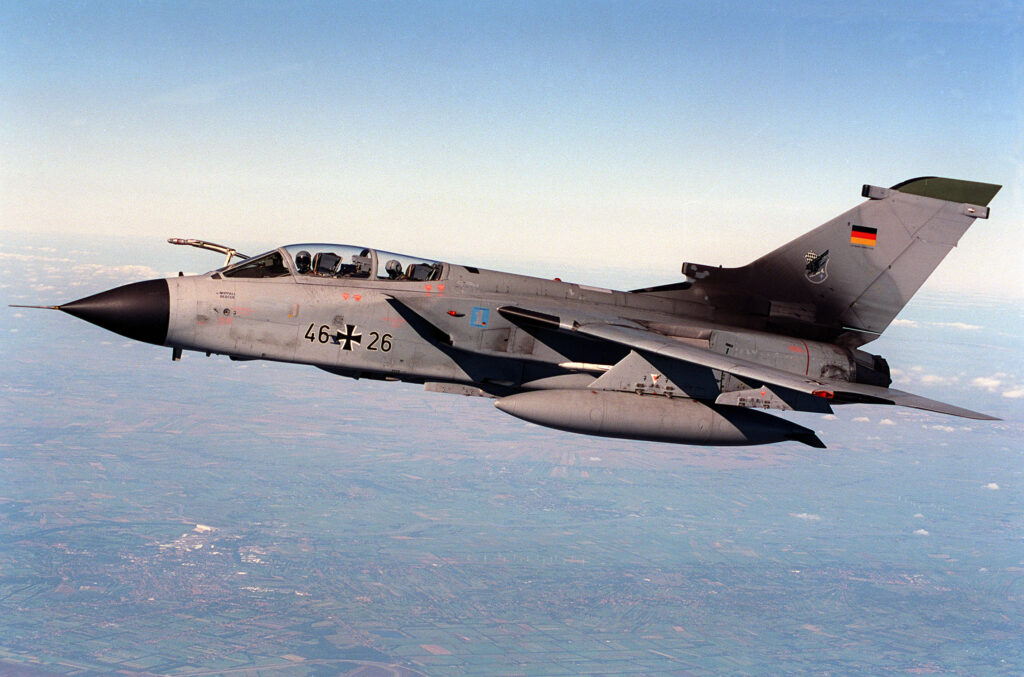
The company was formed with the specific intention of designing and building a new multi-role aircraft that would be used by the air forces of NATO members; the MRCA 75 (Multi-Role Combat Aircraft, 1975).
The new aircraft was to be produced in three variants to fulfill three different roles; interception, tactical strike, and reconnaissance. All versions would share the same basic two-seat airframe and engines but with modifications, weapons, avionics and equipment as needed for each role. All variants would be provided with variable-geometry wings.
This would keep take-off and landing speeds low, allowing the aircraft to operate from short or damaged runways. This was an important element of contemporary NATO planning for the response to a potential Russian attack on Europe.

It was assumed that NATO airbases would be primary targets in any conflict with the Soviet Union and combat aircraft that could be operated from temporary airfields or even sections of motorway were regarded as vital.
The basic design of the MRCA 75 progressed through the early 1970s. The engines for the new aircraft were to be a pair of Rolls-Royce RB199s provided with variable intake ramps to allow speeds of up to Mach 2.
Unusually for a combat aircraft, the engines in the MRCA were also provided with thrust reversers, to safely shorten the landing run even further. The tandem cockpit provided accommodation for both the pilot and a navigator/weapons officer.
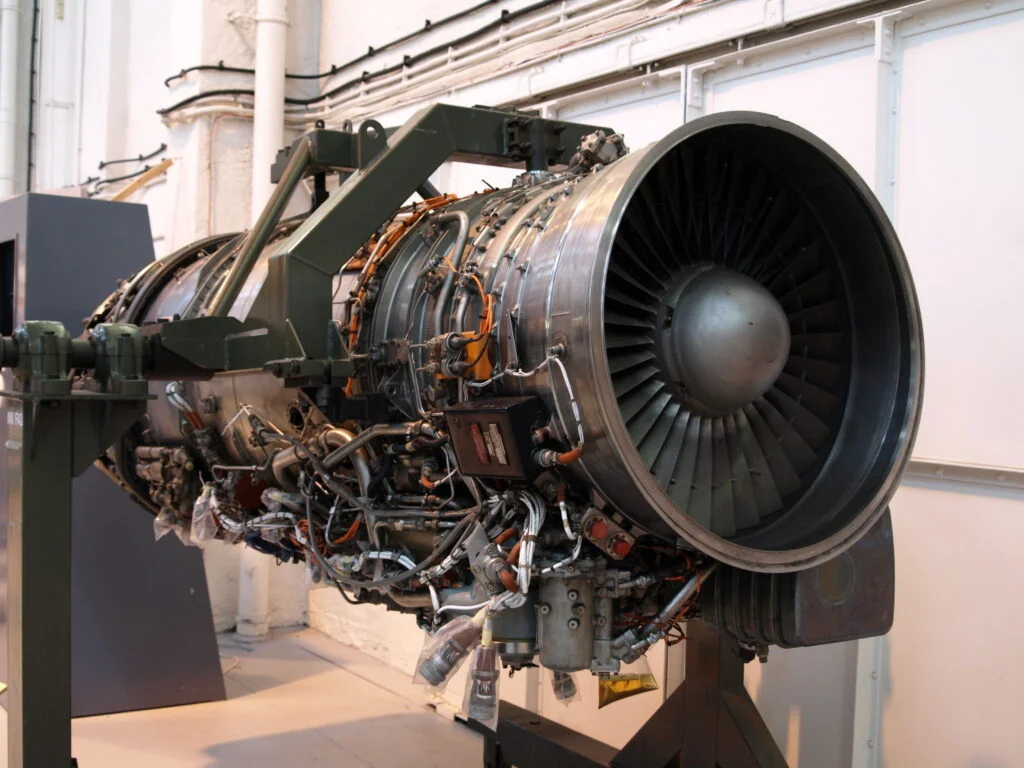
A hybrid fly-by-wire system incorporated a Command and Stability Augmentation System (CSAS) working in conjunction with a digital Autopilot & Flight Director System (AFDS).
The variable-geometry wings could be moved in flight to any sweep setting between 25˚ and 67˚. The underwing weapon pylons pivoted with the wings so that they always pointed directly into the line of flight.
The new aircraft was capable of being armed with a range of standard NATO weapons including air-to-air missiles, bombs, air-to-ground missiles and reconnaissance pods depending on the role it was to fulfil.
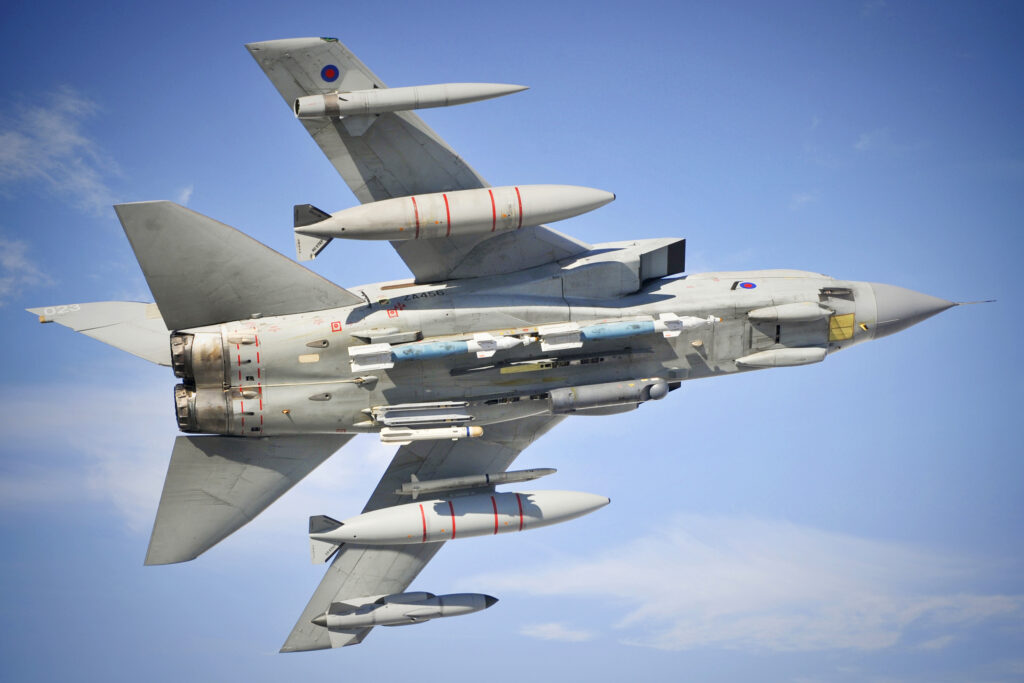
The official first flight of the prototype MRCA, P-01, took place on 14th August 1974 at Manching Airbase in Germany with Paul Millet of BAC and Nils Meister of MBB.
The Tornado
Deliveries of the first production aircraft began in 1979 with squadrons of the Royal Air Force and Luftwaffe receiving what had by then been officially named the Tornado (the Italian Aeronautica Militare did not receive its first Tornados until the 1980s).
By that time there were three distinct variants of the Tornado: the IDS (interdiction/strike), ADV (air defence variant) and ECR (electronic countermeasures and reconnaissance, operated only by Italy and Germany).
The IDS variant was designed primarily for low-level tactical strike missions and was provided with a combined navigation/attack doppler radar system that not only identified and tracked ground targets but also provided automatic terrain-following for safe low-level flight at night or in poor weather.

The IDS variant could carry a range of bombs and missiles and was provided with two internal 20mm cannons.
Read More: AH-64 Apache – Overwhelming Firepower
Designed to fulfil SEAD (Suppression of Enemy Air Defences) and reconnaissance missions their was the ECR variant. This was similar to the IDS variant (there was 80% parts commonality between the versions) but it was also equipped with an emitter-locator system (ELS) to detect enemy radar emissions and could carry missiles capable of locking on to these and destroying enemy air defences.
The ADV variant featured a stretched fuselage, a radar system optimised for identifying and engaging air targets and the ability to carry long and medium range air-to-air missiles. It was also provided with a single, internal, 27mm rotary cannon.
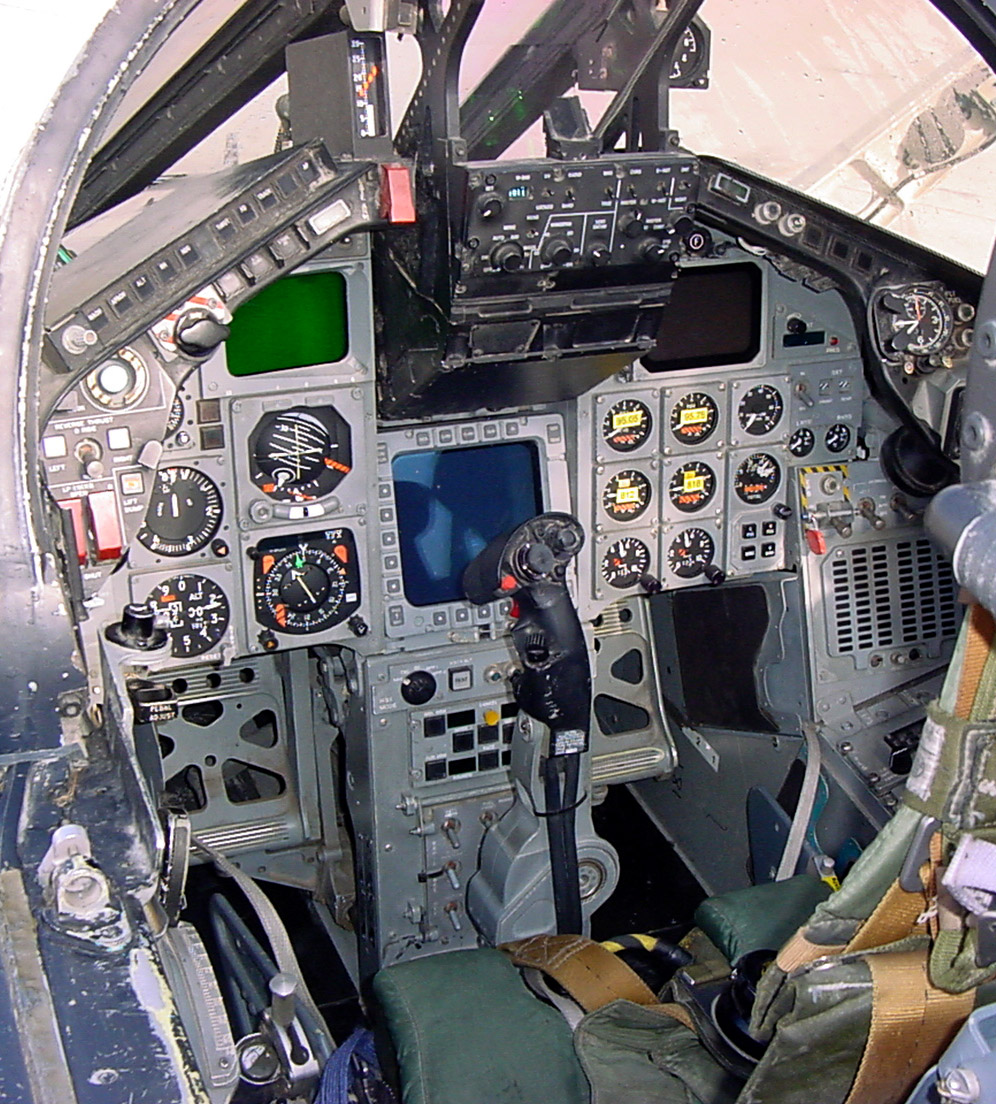
Over 900 Tornados were produced in total and this became the main front-line combat aircraft of the Royal Air Force (where it was affectionately known as the “Tonka”), the German Luftwaffe and Marineflieger (the West German naval air service) and the Italian Aeronautica Militare.
The Royal Saudi Air Force was the only other operator of this type, purchasing over 100 ADV and IDS variants between 1986 and 1993.
The last Tornado was retired from RAF service in 2019 when it was replaced by the Eurofighter Typhoon. Saudi Tornadoes have also been retired and replaced with the Typhoon.

This aircraft remains in use in Germany, though there are plans to phase it out between 2025 and 2030 when it will be replaced by the Lockheed Martin F-35. Italy still currently operates both the ECR and ADV variants.
In Combat
Happily, the Tornado was never used in the role for which it was designed; opposing a large-scale Soviet invasion of Europe. However, it has seen combat in several theatres. The first use of the Tornado in combat occurred during the First Gulf War (1990-1991).
A total of 48 British Tornados were sent to support Operations Desert Shield and Desert Storm. However, these aircraft suffered the highest loss rate of any Allied aircraft type used in that conflict, with 8 being shot down.
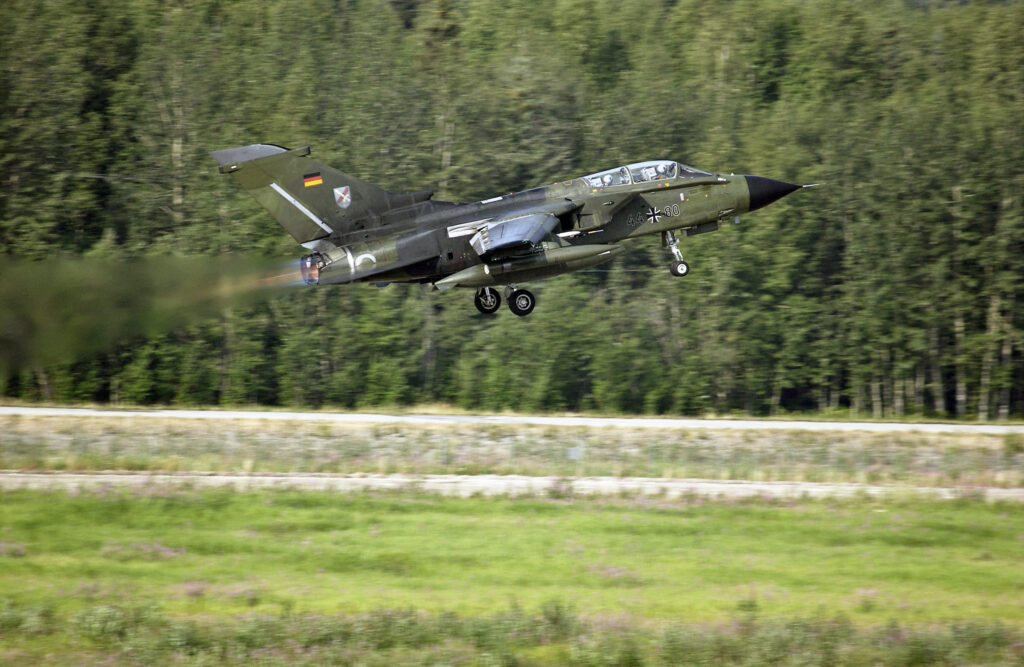
The low-level, close-in attack was found to be extremely hazardous compared to the stand-off tactics used by many US strike aircraft.
Tornados were subsequently used in Bosnia, Kosovo, Iraq, Libya and Yemen. During the conflict in In Kosovo in 1999, improvements and upgrades allowed the Tornado to operate at medium altitude, but poor weapon systems integration meant that even precision, laser-guided munitions were not particularly accurate.
The Tornado IDS was designed for a very specific mission type; very low-level attack against Russian forces while operating from short or damaged runways.
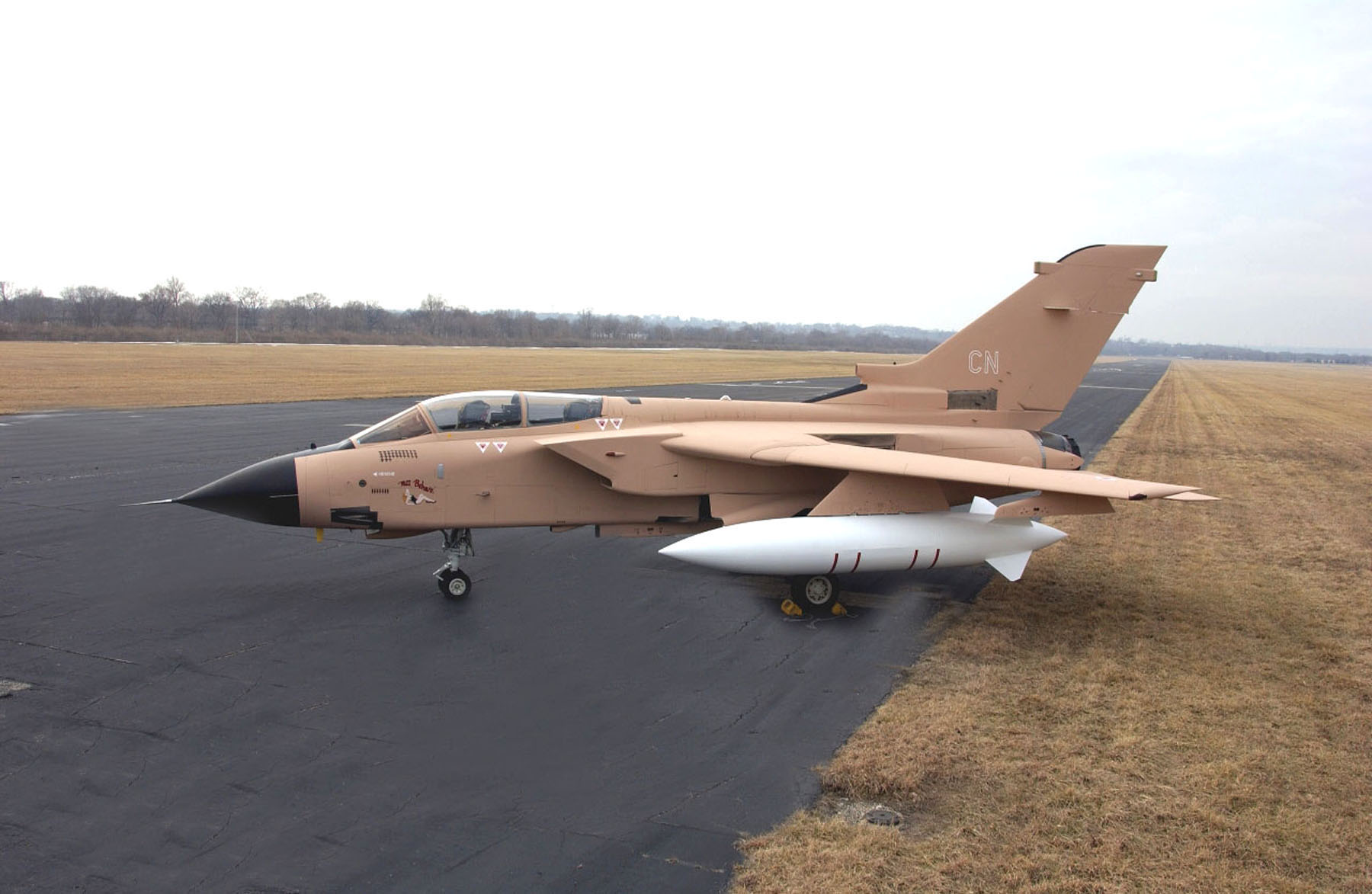
It was well-adapted to these two requirements and flying at low level was seen as the only way to survive in full-scale combat against an enemy with powerful air defences. But low-level attack is also inherently dangerous, as illustrated by RAF Tornado losses during the First Gulf War.
The ADV variant also suffered from the extra weight of the wing-sweep system; the contemporary US Navy F/A-18 weighed a little over 10,000 kg when empty. The empty weight of the Tornado was close to 14,000 kg. In mock combat with AMRAAM-equipped German F-4F Phantoms in the late 1990s, Tornado ADVs carrying Skyflash air-to-air missiles performed poorly.
The variable geometry design of the Tornado was a vital factor in allowing it to operate from short or damaged runways.

With the collapse of the Soviet Union in 1990, this particular need was largely removed. In the subsequent combats in which it was involved, the Tornado suffered due to the extra weight and complexity of the wing sweep mechanism.
Conclusion
The variable-geometry wings were intended to make the Tornado as effective as possible in opposing a Russian invasion of Europe. That never happened, and variable geometry wings require a complex mechanism that takes up space in the fuselage and requires specialised maintenance.
The extra weight of the wing-sweep mechanism limited the performance of the Tornado and when the need for short-field operations was removed, this became of limited utility.

Ultimately, the Tornado was rendered obsolete by subsequent developments in aviation technology. New wing designs were created that were efficient in all phases of flight, rendering the whole notion of variable geometry out-of-date; the Eurofighter Typhoon, the aircraft that replaced the Tornado in RAF service, can fly faster but also has good low-speed stability and it achieves these things without variable geometry.
Read More: F-117 Nighthawk – The Stealth Fighter that’s Actually a Bomber
Most importantly, in 1982 the American F-117 entered service and introduced a new term to combat aircraft; stealth.
The big, boxy Tornado was anything but stealthy, and as new designs integrated the lessons of low observable technology into a new generation of combat aircraft, the Tornado simply could not compete.

The Tornado was big, loud, fast and capable of flying very, very low. For more than 20 years, I lived in a remote area of the Scottish Highlands used by the RAF for low-level flight training and I can personally attest to all these things.
However, in an era when aircraft were becoming quieter, lighter and stealthier, the Tornado was beginning to look like an anachronism almost as soon as it entered service.
If you like this article, then please follow us on Facebook and Instagram.
Specifications
- Crew: 2
- Length: 16.72 m (54 ft 10 in)
- Wingspan: 13.91 m (45 ft 8 in) at 25° sweep
- Swept wingspan: 8.60 m (28 ft 3 in) swept at 67° sweep
- Height: 5.95 m (19 ft 6 in)
- Empty weight: 13,890 kg (30,622 lb)
- Gross weight: 20,240 kg (44,622 lb)
- Powerplant: 2 × Turbo-Union RB199-34R Mk 103 afterburning 3-spool turbofan, 43.8 kN (9,800 lbf) thrust each dry, 76.8 kN (17,300 lbf) with afterburner
- Maximum speed: 2,400 km/h (1,500 mph, 1,300 kn) at 9,000 m (30,000 ft)
- Range: 1,390 km (860 mi, 750 nmi)
- Service ceiling: 15,240 m (50,000 ft)
- Rate of climb: 77 m/s (15,100 ft/min)


